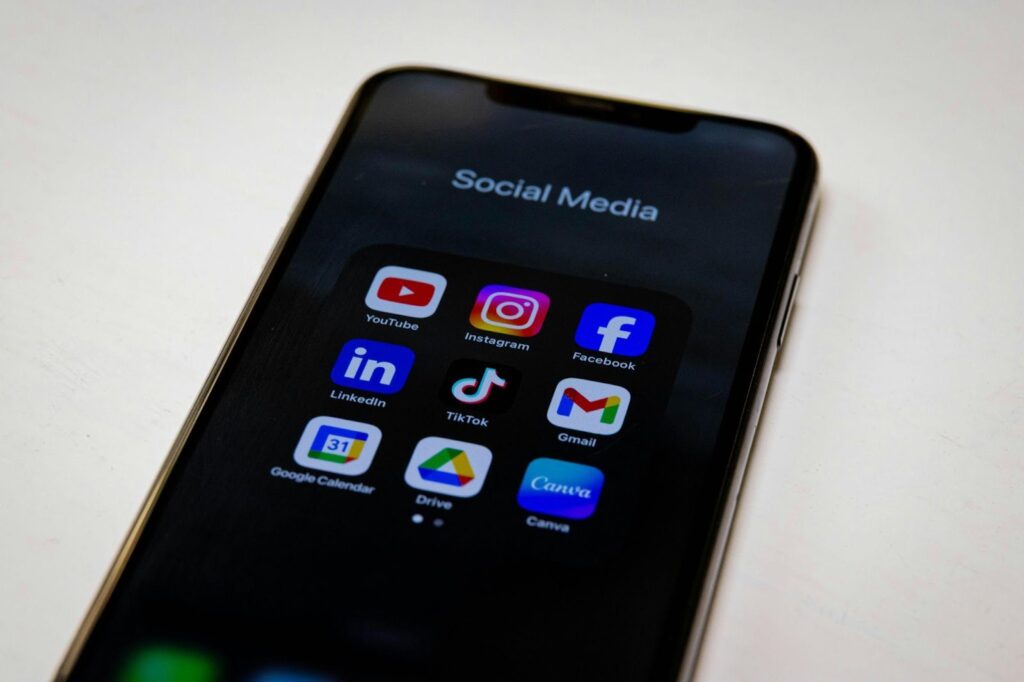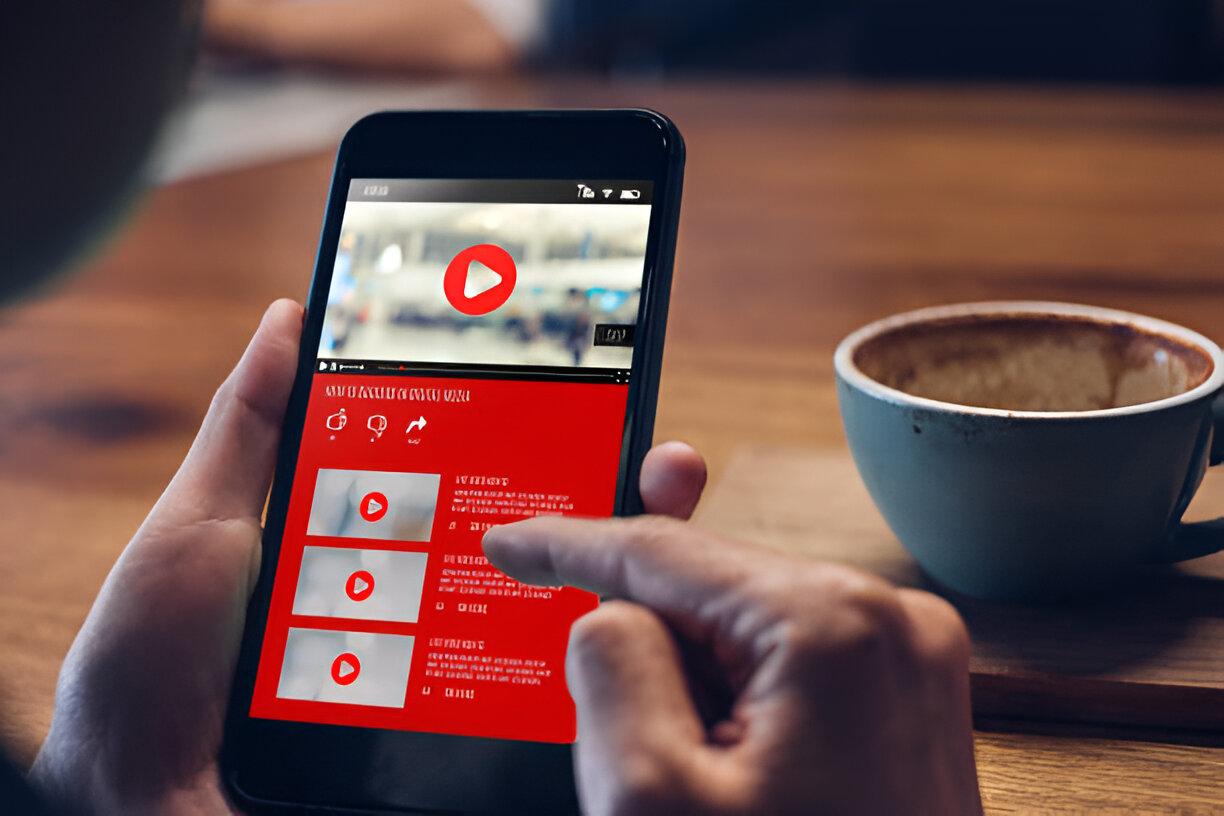
When it comes to business marketing, the choice between TikTok and Instagram is a strategic decision that shapes brand connectivity. Both platforms offer unique strengths that can shape how brands connect with their audiences.
TikTok leverages short-form, trend-driven content for rapid audience capture, while Instagram provides a more established space for visual storytelling, community building, and e-commerce integration.
The final choice between TikTok and Instagram depends on your audience, preferred content format, and platform features, as well as advertising capabilities and other factors.
1. Audience Demographics
When comparing TikTok and Instagram, the audience demographics reveal key differences:
- TikTok has over 2 billion downloads, with Gen Z making up 60% of its user base. These users thrive on social media trends, humor, and raw authenticity, often scrolling for entertainment and engaging most with quick, relatable content.
- In contrast, Instagram attracts a mix of Millennials and Gen Z, with its largest user group aged 25–34. Here, users lean toward polished visuals, storytelling, and meaningful engagement, often turning to the platform for product research and brand loyalty
As such, TikTok is particularly effective for brands targeting teens and young adults who respond well to playful, viral-ready campaigns or companies looking to build a fresh, distinctive appeal. And Instagram is better suited for lifestyle, beauty, and B2C brands aiming to connect with purchasing-ready audiences.
2. Content Formats and Features
TikTok and Instagram each bring a distinct set of content formats and features:
- TikTok is built on short, engaging videos, typically under 60 seconds. However, the platform has evolved to allow videos recorded in-app up to 10 minutes and uploaded videos up to 60 minutes. With tools like duets, trending sounds, and green-screen effects, TikTok thrives on skits, challenges, and trend-jacking.
- Instagram, on the other hand, combines short-form appeal with versatility. Businesses can share 60-second videos or create reels up to 20 minutes. However, reels longer than 3 minutes won’t be recommended to new audiences. Beyond reels, the platform also offers stories, carousels, guides, and shoppable posts to balance reach with education. For example, reels can be paired with carousels for detailed product demonstrations.
Comparing the two, TikTok emphasizes raw creativity and quick, trend-led engagement, making it ideal for viral campaigns. Instagram, however, gives brands more structured tools for storytelling, product showcasing, and driving conversions.
3. Engagement Rates
Engagement is often the deciding factor when evaluating TikTok and Instagram for business marketing, and the differences between the two are striking.
- TikTok consistently records higher average engagement rates, typically between 17% and 18%, compared to Instagram’s 1% and 3%. This is largely due to its addictive, full-screen video format, which keeps users watching and interacting with content for longer periods.
- Instagram proves stronger when it comes to sustained interaction, as users are more likely to leave meaningful comments, save posts, or click links through stories.
This means that while TikTok is ideal for achieving rapid visibility and virality, Instagram is more effective at nurturing relationships and driving actionable engagement.
4. Advertising Capabilities
Advertising options on TikTok and Instagram vary in both format and effectiveness.
- TikTok offers ad formats such as In-Feed Ads, Branded Hashtags, and TopView placements. These provide strong opportunities for visibility, especially with lower CPM rates and high viral potential. However, TikTok’s main drawback lies in its relatively limited targeting capabilities compared to Instagram’s robust ecosystem.
- Instagram, by contrast, supports diverse formats like Photo ads, Video ads, Story ads and Carousel ads. Its biggest advantage is advanced demographic and interest-based targeting powered by Facebook’s data, allowing brands to reach highly specific audiences with greater accuracy.
In practice, TikTok is best suited for building broad awareness and sparking viral campaigns, whereas Instagram excels at driving precision targeting, sustained engagement, and conversions.
5. Integration with Other Platforms
The way TikTok and Instagram integrate with their algorithms plays a significant role in shaping content reach, organic visibility, and ad performance.
- TikTok’s For You Page (FYP) prioritizes creativity over follower count, giving even new accounts the chance to go viral if their content resonates.
- Instagram’s algorithm, on the other hand, rewards accounts that maintain steady engagement and publish reels regularly. A key advantage here is the ability to cross-post reels directly to Facebook for extended platform coverage.
In comparison, TikTok’s FYP benefits brands aiming for rapid discovery and viral potential, particularly for trend-driven content, while Instagram’s algorithm rewards consistency and is ideal for businesses looking to build sustained engagement and expand reach across Meta’s ecosystem.
Driving Social Media Success with BDSA

Deciding between TikTok and Instagram for business advertising comes down to aligning the platform’s strengths with your audience, industry, and content strategy.
Beyond this, you also need the right insights, creative direction, and performance tracking to ensure campaigns deliver measurable results. This is where BDSA, a trusted brand consultancy in Singapore, provides the expertise to bridge strategy with execution.
Our Account Director” Thoughts when it comes to which platform
“Based on our interactions with clients, many companies want to be present on both major platforms, believing it will boost reach and awareness – which is true to an extent. However, they must understand that media consumption habits on each platform differ greatly.
The key question is whether they have the resources to create tailored content for each platform, as this often leads to higher marketing costs due to the need for more content production.
Both platforms have their strengths in driving results, but what matters more is establishing a proper marketing funnel. Ads and content should be strategically aligned to each stage of the funnel to reach audiences effectively and maximize ROI.” – Jun Xian, Account Director & Founder of BDSA
At BDSA, the agency strives to go beyond generic social media solutions. Our approach includes deep-dive research into your brand, products, and services, competitor analysis to identify opportunities, and a fully custom, localized content strategy tailored for the Singaporean market. We also audit your business goals, audience profile, and content style to design data-driven, hybrid strategies that maximize ROI.
If you’re ready to unlock the full potential of TikTok and Instagram for your business, partner with our social media marketing agency and let’s build campaigns that don’t just get seen, they drive results.




